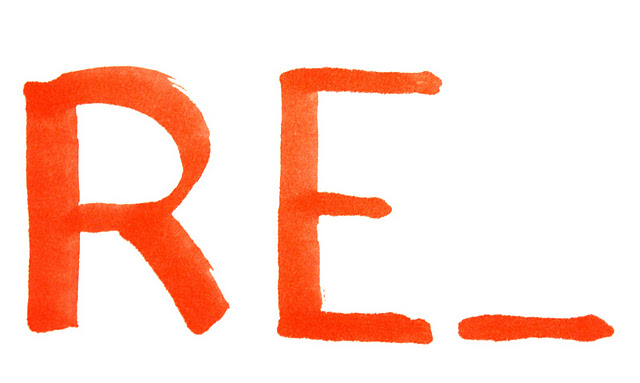What motivates people into making their own stuff? Is it to save money? Is it to express themselves? Or is it just a human need to create, as proposed by the Italian philosopher Piero Ferrucci.
*to increase the value of a broken or unused object by giving it a new function or a new form.
* Samuel Nelson Bernier is an industrial designer from the countryside of Quebec. He studied product design in Montreal and Paris (ENSCI Les Ateliers). Project RE_ was created as a research for his graduation project at UdeM. The experiment is supervised by Louis-Philippe Pratte, founder of “ À Hauteur d'homme ”, a sustainable furniture company. The project is also followed by Instructables, the biggest DIY community in America.
* Samuel Nelson Bernier is an industrial designer from the countryside of Quebec. He studied product design in Montreal and Paris (ENSCI Les Ateliers). Project RE_ was created as a research for his graduation project at UdeM. The experiment is supervised by Louis-Philippe Pratte, founder of “ À Hauteur d'homme ”, a sustainable furniture company. The project is also followed by Instructables, the biggest DIY community in America.


This book was written as a research/manual for DIYers and hackers.
It includes :
Repertory of DIY communities
DIY terminology
Project RE_'s design ideas
Description of computer driven tools
The ''future of DIY'' propositions
3D printing pioneers
Prototyping services available in Montreal










































